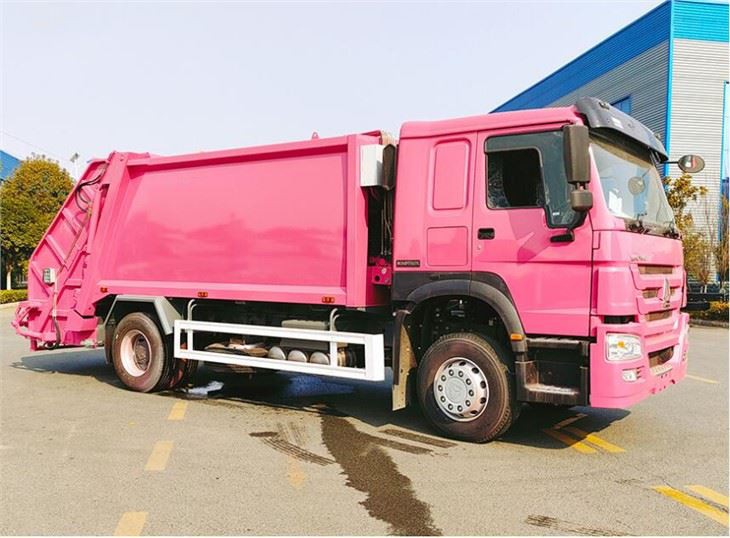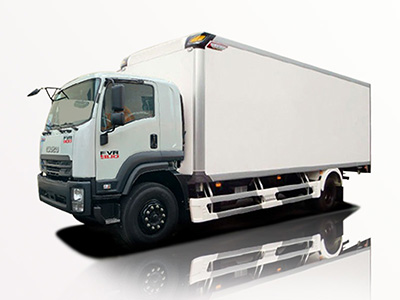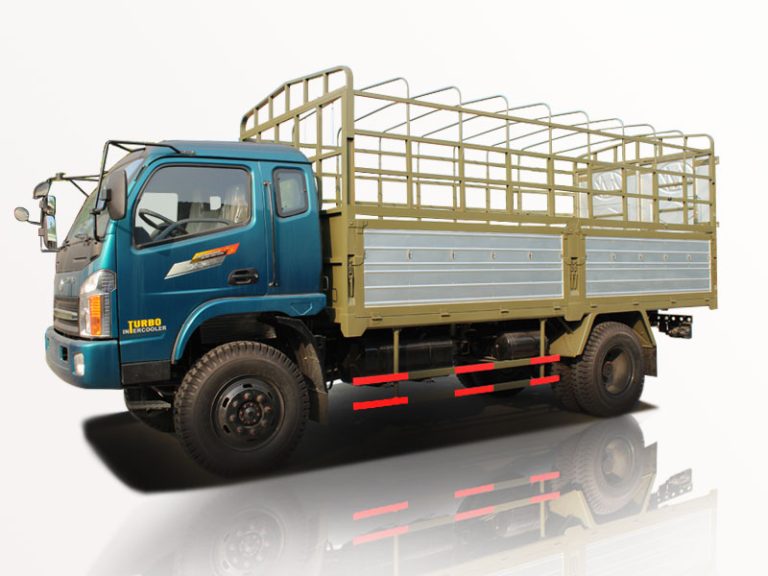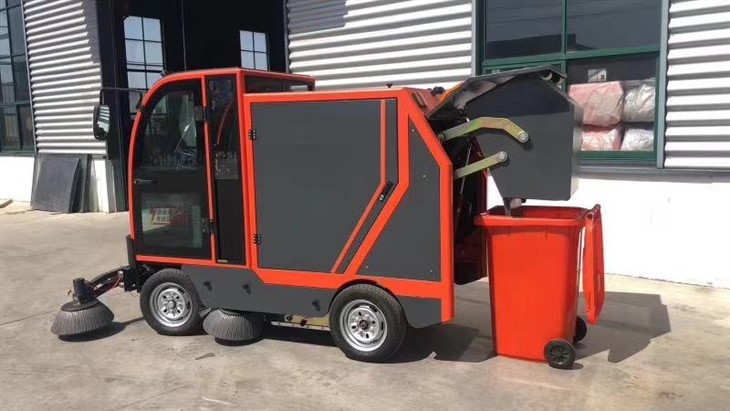Introduction
In the world of waste management, small refuse trucks play a crucial role in maintaining the cleanliness and sanitation of urban and suburban areas. These specialized vehicles are designed to navigate through tight spaces, providing efficient waste collection in neighborhoods, commercial centers, and other populated areas. This article explores the benefits, specifications, and operational aspects of small refuse trucks, shedding light on their importance in modern waste management practices.
What Are Small Refuse Trucks?
Small refuse trucks are compact vehicles primarily used for collecting solid waste and recyclables in urban environments. Unlike larger refuse trucks that cater to industrial or large-scale waste management, these trucks are designed for operations in areas with limited space. Their agility allows them to maneuver through narrow streets, making them ideal for residential neighborhoods and cities with congested traffic.
Key Characteristics
- Size: Typically smaller than standard refuse trucks, often with a capacity ranging between 5 to 10 cubic yards.
- Maneuverability: Designed to easily navigate tight corners and congested areas.
- Fuel Efficiency: Generally more fuel-efficient than larger trucks, reducing operational costs.
- Environmental Impact: Many newer models meet strict emission standards, contributing to greener waste management.
Types of Small Refuse Trucks
1. Side-Loaders
Side-loader trucks feature a mechanism that allows waste to be collected from the side, using either a manual or automated lifting system. These trucks are efficient for residential waste collection, as they can easily grasp and lift bins from the roadside.
2. Rear-Loaders
The rear-loader trucks are equipped with a tailgate that opens to allow the waste to be loaded from the back. This design makes them suitable for both commercial and residential applications, offering flexibility in collection.
3. Front-Loaders
Front-loader trucks are designed for commercial and industrial applications, where large dumpsters are prevalent. They have a lifting arm in the front that lifts and empties dumpsters into the truck’s compartment.
4. Automated Collection Trucks
Automated collection trucks use robotic systems to handle waste containers, reducing the need for manual labor. These trucks increase safety and efficiency by minimizing worker exposure to hazardous conditions.
Benefits of Small Refuse Trucks
Enhanced Efficiency
Small refuse trucks can operate in spaces that larger trucks cannot, allowing for more efficient collection routes and reduced operating times. Their smaller size enables waste collection in crowded urban areas without hindering traffic flow.
Cost-Effectiveness
The purchase and maintenance costs of small refuse trucks are generally lower than their larger counterparts. Their fuel efficiency also contributes to long-term savings, making them attractive options for municipalities and waste management companies.
Lower Operating Costs
| Expense | Small Refuse Truck | Large Refuse Truck |
|---|---|---|
| Fuel Consumption | Lower | Higher |
| Maintenance | Economical | More Expensive |
| Initial Investment | Lower | Higher |
Improved Environmental Sustainability
By utilizing smaller, fuel-efficient trucks, waste management companies can significantly reduce emissions. Many small refuse trucks are built with environmentally friendly technologies, contributing to urban sustainability efforts.
Choosing the Right Small Refuse Truck
Considerations for Selection
- Waste Volume: Assess the average volume of waste you need to collect to determine the appropriate truck size.
- Type of Waste: Different refuse types (residential, commercial, organic) might require specific truck features.
- Route Conditions: Consider the layout of your collection routes, including space limitations and traffic conditions.
- Budget: Factor in both initial costs and potential savings over the lifetime of the vehicle.
Example Models to Consider
Below are a few popular models of small refuse trucks widely used in the industry:
| Model | Type | Capacity | Fuel Type |
|---|---|---|---|
| Ford F-550 | Rear-Loader | 8 Cubic Yards | Diesel |
| Freightliner MT 55 | Side-Loader | 10 Cubic Yards | Gasoline |
| Isuzu NPR | Automated | 7 Cubic Yards | Diesel |
Best Practices for Operating Small Refuse Trucks
Route Optimization
Efficient routing can save time and fuel. Utilize mapping software or GPS technology to create the most effective collection routes. Consider traffic patterns, road conditions, and waste volume to optimize daily routes.
Scheduling Maintenance
Regular maintenance is essential to prolonging the lifespan of refuse trucks and preventing breakdowns. Schedule routine checks and timely repairs to ensure operational reliability.
Training for Drivers
Proper training for drivers is vital for safe operation. Training should include vehicle handling, safety protocols, and the specific features of the truck being used.
Industry Innovations Impacting Small Refuse Trucks
Electric and Hybrid Models
The shift toward electric and hybrid refuse trucks is gaining momentum. These innovations not only lower emissions but also decrease fuel costs and noise pollution in urban areas.
Telematics and Smart Technology
Telematics systems equipped in refuse trucks enable real-time tracking and monitoring. This technology enhances route planning and asset management, ultimately improving service delivery.
Addressing Challenges Faced by Small Refuse Trucks
Space Limitations
One of the biggest challenges for small refuse trucks is navigating through narrow streets and small parking lots. Careful planning of collection schedules can mitigate these issues.
Climate Impact
Severe weather conditions can hinder waste collection. Having contingency plans in place, such as backup routes or additional trucks, can ensure consistent service.
Future Trends in Small Refuse Trucks
Increased Use of Automation
The future of small refuse trucks leans toward automation, with more vehicles incorporating robotic systems to handle waste collection. This shift will likely lead to fewer workplace injuries and higher efficiency in operations.
Emphasis on Sustainability
The growing focus on sustainability will drive innovations in small refuse trucks. Companies will increasingly prioritize electric vehicles and sustainable materials in truck construction.
FAQ Section
1. What is the average lifespan of a small refuse truck?
The average lifespan of a small refuse truck is generally between 10 to 15 years, depending on usage, maintenance, and operational conditions.
2. How much can a small refuse truck carry?
Small refuse trucks typically have a capacity ranging from 5 to 10 cubic yards, suitable for residential and light commercial waste collection.
3. Do small refuse trucks require special licenses to operate?
Yes, operators of small refuse trucks usually need a commercial driver’s license (CDL), as they are classified as commercial vehicles.
4. What are the maintenance requirements for small refuse trucks?
Maintenance usually includes regular oil changes, brake inspections, tire rotations, and checking hydraulic systems. Following the manufacturer’s guidelines is essential for optimal performance.
5. Are small refuse trucks environmentally friendly?
Many small refuse trucks are designed with fuel efficiency and lower emissions in mind, making them more environmentally friendly than larger, traditional trucks.
6. How do automated refuse trucks work?
Automated refuse trucks utilize robotic arms to lift and empty waste bins into the truck, reducing the need for manual labor and increasing efficiency and safety during the collection process.



